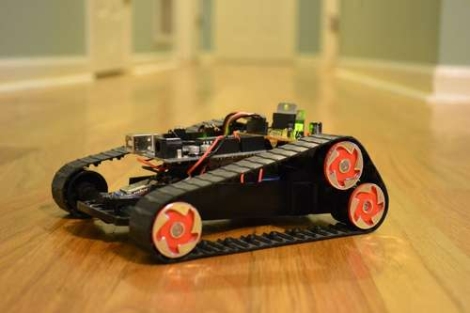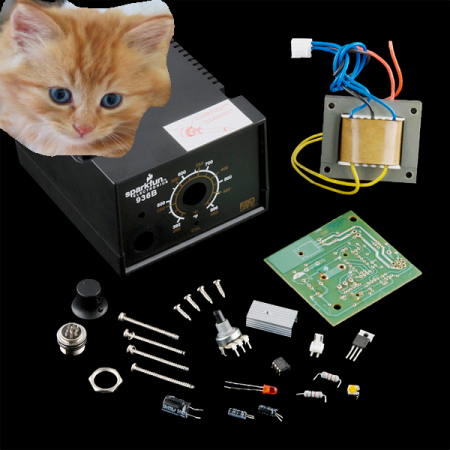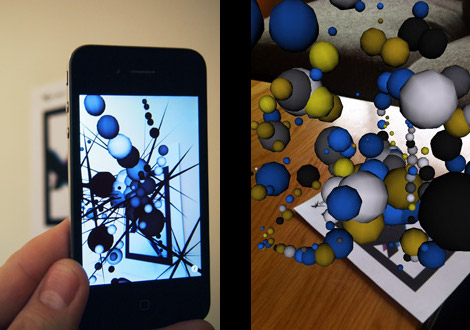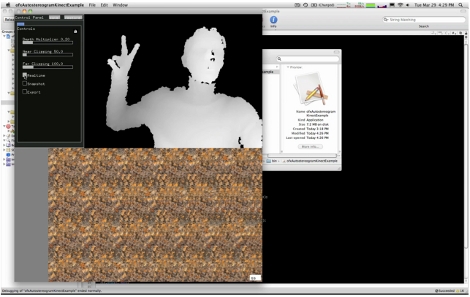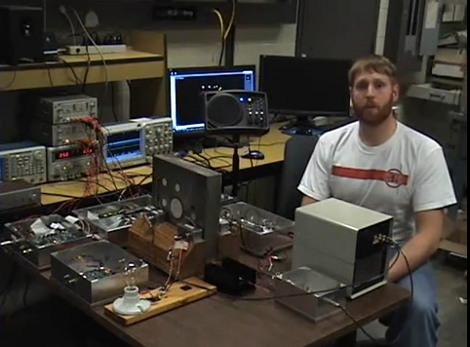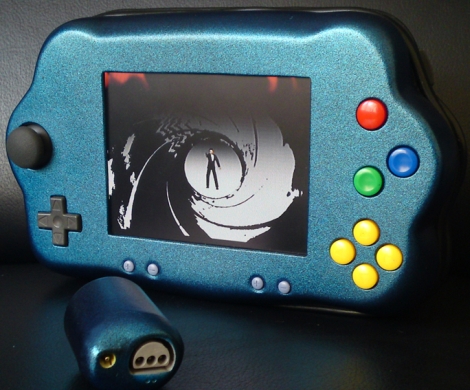
[David] recently wrote us to share the portable Nintendo 64 he constructed with the help of the friendly people over at the ModdedbyBacteria forums. We are no strangers to N64 portables, as you may have noticed, but this one was just too good to pass up.
Sheathed in a metallic blue case, this console is an instant standout among the other portable N64 mods we have seen. As you would expect, he trimmed down an N64 console board and some various controller bits in order to fit them into the case, finishing it off with a 5″ PSOne display panel. A small fan protrudes out of the back side of the device, which seemed out of place at first. However, it not only keeps the console cool, but it can serve as a bit of a “kickstand” as well, if the console is placed on a flat surface. [David] also added a dongle for the bottom of the console, which allows him to use an external N64 controller if he so desires.
To be honest, one of our favorite features is that the game cartridges do not stick up from the back of the case when inserted. He included just enough room to allow the game to be completely hidden while playing. Nice job!
Continue reading to see a video build log and demonstration of his portable N64.
Continue reading “Awesome Portable N64 Keeps Your Games In Hand, Out Of Sight”

